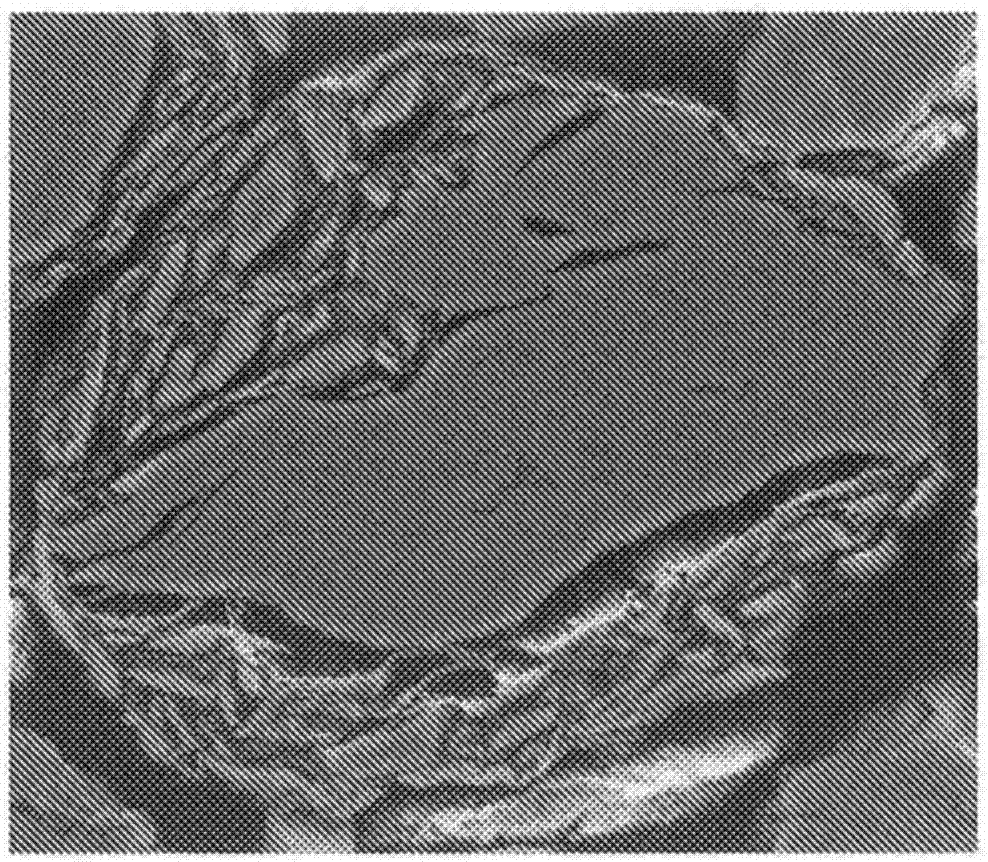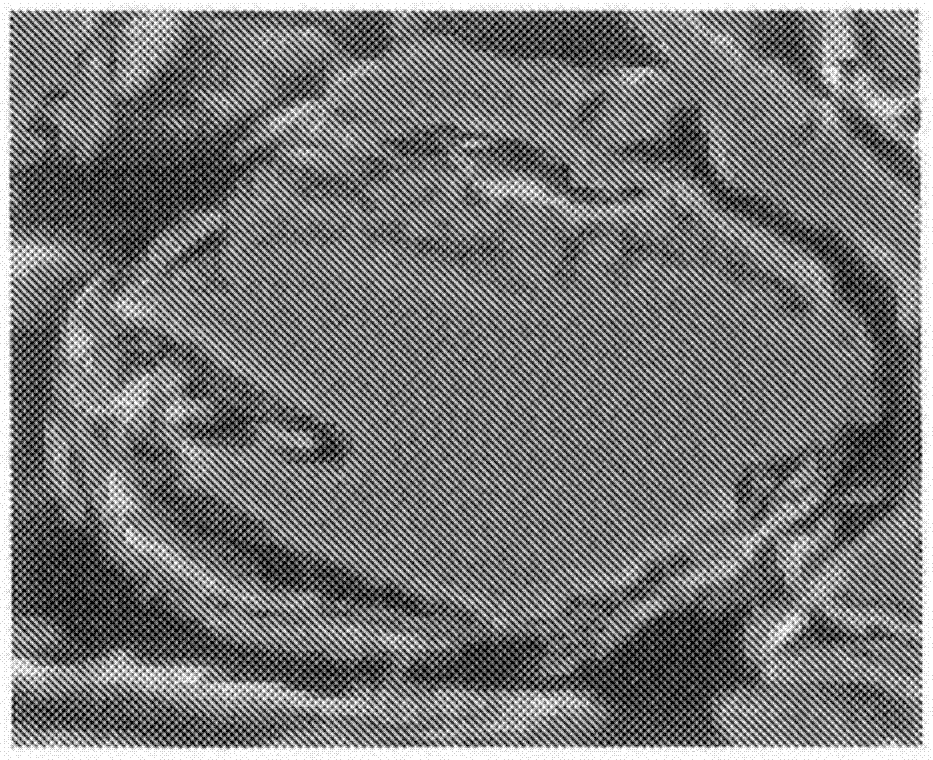Carbon material, method for producing carbon material, and non-aqueous secondary battery using carbon material
一种二次电池、非水系的技术,应用在二次电池、电池电极、电路等方向,能够解决输入输出特性下降、充放电不可逆容量增加、循环特性下降等问题
- Summary
- Abstract
- Description
- Claims
- Application Information
AI Technical Summary
Problems solved by technology
Method used
Image
Examples
Embodiment
[0581] Next, specific embodiments of the present invention will be described in more detail through experimental examples, but the present invention is not limited to these examples. In addition, "composite carbon material" is only described as "carbon material".
[0582] Hereinafter, a first experimental example (experimental example A) of the present invention will be shown.
[0583]
[0584] Using the experimental example or the graphite particles of the experimental example, an active material layer density of 1.35 ± 0.03g / cm was produced. 3 plate of the active material layer. Specifically, in 50.00 ± 0.02 g of the negative electrode material, 50.00 ± 0.02 g of 1 mass % carboxymethyl cellulose sodium salt solution (0.500 g in terms of solid content) and styrene-butane with a weight average molecular weight of 270,000 1.00±0.05 g (0.5 g in terms of solid content) of an aqueous vinyl rubber dispersion was stirred for 5 minutes with a mixing mixer manufactured by Keyence,...
experiment example A1
[0606] Unbaked coke particles with a d50 of 9.8 μm, a d10 of 4.4 μm, and a d90 / d10 of 3.7 as a precursor of the bulk mesophase artificial graphite particle (A) and a graphite particle (B) with a d50 of 5.9 μm and a length of Flake-shaped natural graphite particles with a diameter ratio of 8 are mixed at a mass ratio of 80:20, and then applied at a rotor peripheral speed of 85 m / s for 5 minutes using a mixing system NHS-1 type manufactured by Nara Machinery Manufacturing Co., Ltd. Based on mechanical action The impact, compression, friction, and shear forces are used for granulation and spheroidization.
[0607] The obtained composite graphite particle precursor was calcined in an electric furnace at 1000°C for 1 hour under a nitrogen atmosphere, and then further graphitized in a small electric furnace at 3000°C under the flow of Ar to obtain a monolithic mesophase artificial graphite particle (A) A composite carbon material compounded with graphite particles (B). When the cro...
experiment example A4
[0610] Except for the fact that only unbaked coke particles with d50 of 9.8 μm, d10 of 4.4 μm, and d90 / d10 of 3.7, which are the precursors of bulk mesophase artificial graphite particles (A), were spheroidized, according to the experimental example A1 obtained carbon material by the same method. About the obtained sample, the same measurement as Test Example A1 was performed, and the result is shown in Table A1.
PUM
| Property | Measurement | Unit |
|---|---|---|
| particle diameter | aaaaa | aaaaa |
| particle diameter | aaaaa | aaaaa |
| softening point | aaaaa | aaaaa |
Abstract
Description
Claims
Application Information
 Login to View More
Login to View More - R&D
- Intellectual Property
- Life Sciences
- Materials
- Tech Scout
- Unparalleled Data Quality
- Higher Quality Content
- 60% Fewer Hallucinations
Browse by: Latest US Patents, China's latest patents, Technical Efficacy Thesaurus, Application Domain, Technology Topic, Popular Technical Reports.
© 2025 PatSnap. All rights reserved.Legal|Privacy policy|Modern Slavery Act Transparency Statement|Sitemap|About US| Contact US: help@patsnap.com



